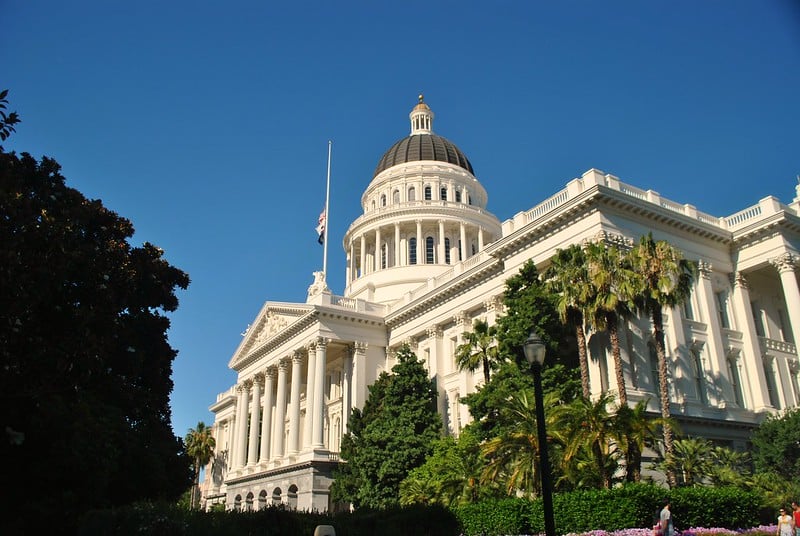California is poised to legalize safe consumption sites. On August 1, the state legislature passed SB 57, a bill that would allow Oakland, Los Angeles and San Francisco to pilot overdose prevention programs, as the facilities are also known. SB57 is now awaiting Governor Gavin Newsom’s signature.
The bill, written by state Senator Scott Weiner (D-San Francisco), was co-sponsored by harm reduction organizations including the Drug Policy Alliance (DPA), GLIDE, HealthRIGHT 360, and the California Association of Alcohol and Drug Program Executives, among others.
“We’re very excited about the prospect,” Jeannette Zanipatin, DPA’s California state director, told Filter.
“We’re crossing our fingers. From our perspective, yes, we think it’s likely.”
California could become the second state government to allow SCS. Rhode Island legalized their operation in a pilot program in 2021, the same year that New York City opened the first two sanctioned SCS in the nation. If Gov. Newsom signs the bill, California’s pilot program will run for five years, until January 1, 2028.
But will he? Gov. Newsom’s office did not respond to Filter’s request for comment by publication time. However, Zanipatin said that DPA is confident he will sign, considering he has made previous statements in favor of SCS.
“We’re crossing our fingers,” she said. “From our perspective, yes, we think it’s likely, and we want to continue to encourage him to look at this measure.”
People who attend these sites can use state-banned drugs there. Peers and staff are on hand to administer naloxone in the event of an opioid-involved overdose and offer other services and support. Almost 200 sanctioned SCS currently operate in 14 countries around the world, including Canada, Australia and numerous European nations. No overdose death has been recorded at any of them, and while SCS remain a contentious issue in the United States, a growing body of research shows that they save lives.
Last year, California alone saw 10,000 overdose deaths. Zanipatin said that the sites will not solve the crisis overnight, but that what she called a scientific and evidence-based decision will certainly help.
“We know that overdose prevention centers serve a really great need that exists among both homeless and substance user communities,” she said.
However, Zanipatin noted that the bill is limited in that it covers only the next five years, and only allows the creation of SCS in a few jurisdictions: Los Angeles and San Francisco counties, and the city of Oakland. The overdose crisis is impacting every part of the state, and the bill won’t directly help other jurisdictions with vulnerable communities. “This is a good first and measured step for California, but obviously there is a greater need out there,” Zanipatin said.
“California, in many ways, can be a trend-setter.”
She added that the state government will also need to ensure that the facilities are well-resourced to operate effectively, and that they are able to perform “some deep and broad outreach into the communities that they’re serving.”
Many other states, as Zanipatin noted, have been taking a “wait and see” approach to approving SCS. If SB 57 is signed into law, it could encourage other states to investigate or implement their own bills.
“California, in many ways, can be a trend-setter,” Zanipatin said. And, if things go well with the pilot, it could give other jurisdictions “the confidence that the federal government will not go after them, should they open these centers.”
Photograph of California state capitol by Wayne Hsieh via Flickr/Creative Commons 2.0
The Influence Foundation, which operates Filter, previously received a restricted grant from DPA to support a Drug War Journalism Diversity Fellowship.





Show Comments